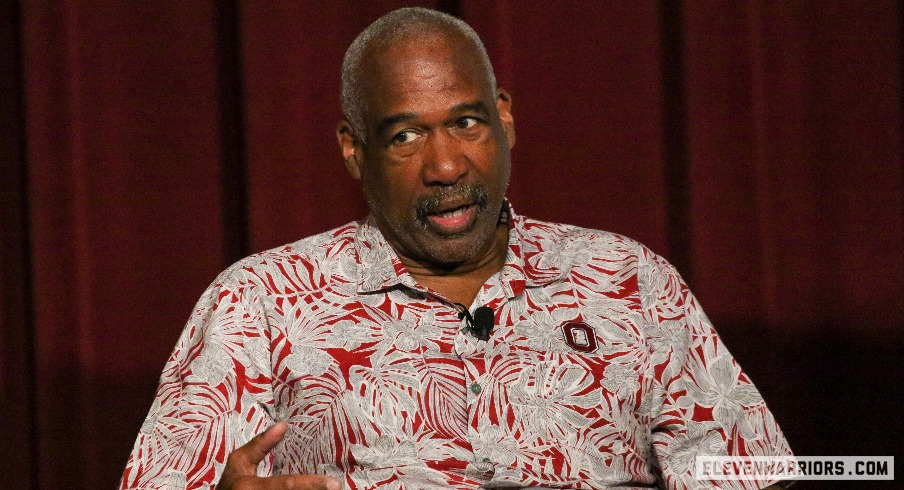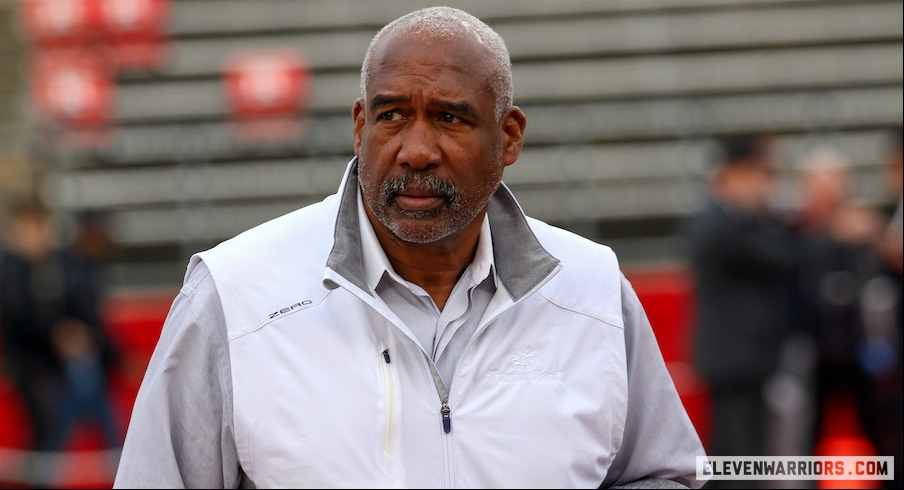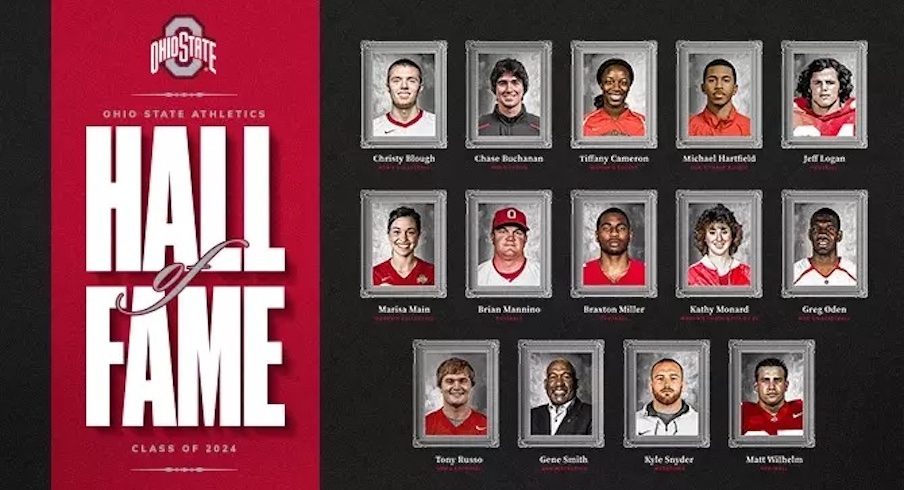Outgoing Ohio State athletic director Gene Smith reflected on his career and the future of college athletics in an hourlong conversation on Thursday.

www.elevenwarriors.com
GENE SMITH REFLECTS ON CAREER AS OHIO STATE ATHLETIC DIRECTOR, TALKS FUTURE OF COLLEGE ATHLETICS
Gene Smith believes the concept of a college football Super League is worth considering but “it can’t be like the NFL model where revenue is shared equally.”

www.elevenwarriors.com
GENE SMITH BELIEVES COLLEGE FOOTBALL SUPER LEAGUE IS WORTH CONSIDERING BUT REVENUE MODEL MUST MAKE SENSE FOR OHIO STATE
Conversations have ramped up nationally in the last few weeks about the potential for a Super League.
Sportico recently obtained a “pitch deck” circulated among college sports stakeholders in mid-February detailing a specific 80-team plan for how a new league could look. The model features 70 teams split across seven 10-team regional divisions, featuring each of college football’s power conference teams. Ohio State is in the Midwest division under the plan, joining Cincinnati, Illinois, Indiana, Louisville, Michigan, Michigan State, Missouri, Northwestern and Purdue.
An eighth 10-team division of smaller schools, determined by a system of relegation/promotion similar to how European soccer leagues function, rounds out the 80-school model.
Smith’s biggest concern with the concept is how money from TV contracts and the like will be split among such a large field of teams. While he doesn’t mind the fact that massive brands like Ohio State, Michigan, Penn State, USC and others will share those revenues equally among 18 teams – some of which clearly don’t hold the same stature as those brands – in the Big Ten, the numbers for a Super League worry him.
“I would be more concerned about the revenue share,” Smith said. “Seventy teams (is what) I think I’ve read about and heard about, but the Ohio States of the world aren’t gonna feed everybody.
“We’ve fed some of the teams in our league and they’ve fed us. We’ve gotta play somebody. So at the end of the day, you’re talking 70 versus 18 and you’re talking 16 in the SEC. So it’s simple math. And then, by the way, we’re not the only school in our league that feeds others. So now you’re talking 70. I struggle with that.”
Smith also acknowledged that perhaps there’s something he hasn't seen yet that the private equity side of a potential Super League could cover, one that ensures Ohio State is pulling in a similar revenue to what it is earning under the Big Ten’s current form. The conference started a new seven-year, $8 billion TV deal in 2023.
Structural change is undoubtedly going to keep happening in college football. And it may just have to come from outside the NCAA, whose power is continuing to wane. Smith feels that while at one time the organization did its job well and has tried to innovate in recent years, irreparable damage was done near the end of Mark Emmert’s tenure as president.
“I think it’s worked exceptionally well during my tenure,” Smith said. “What it didn’t do was shift. I think there was a period of time where the association was strong, where the governing structure was strong. But everything is about leadership. And I have a lot of respect for Charlie Baker, our executive director now, our president now. But he’s probably four or five years too late and he’s trying to recover. The organization didn’t shift with the times or the ecosystem that we served, which is why you have all these interest groups, pressure groups in it right now. Lawyers, politicians, everybody. When there’s a leadership void, people will step in.”
.
.
continied
.
.
“I have a concern about the length of the season, and I’ve actually had concerns about the football student-athlete experience practice-wise overall,” Smith said. “I don’t worry about the games. Football players don’t play that many games, frankly. So it’s really about making sure that you have a culture where the coach and your support staff, everybody understands, you’ve gotta manage practice. You’ve gotta take care of their bodies.”
But as the Super League conversation continues, Smith believes it’s something that the powers that be have to be open to – with revenue considerations.
“We’ve gotta listen to that, we’ve gotta learn, because maybe that might be the right model,” Smith said. “I know this, I won’t be in the seat but places like Ohio State, if they’re in that model, it can’t be like the NFL model where revenue is shared equally. We don’t draft, we recruit. We chase championships and make investments to chase championships in football. Everybody else doesn’t do that.”






